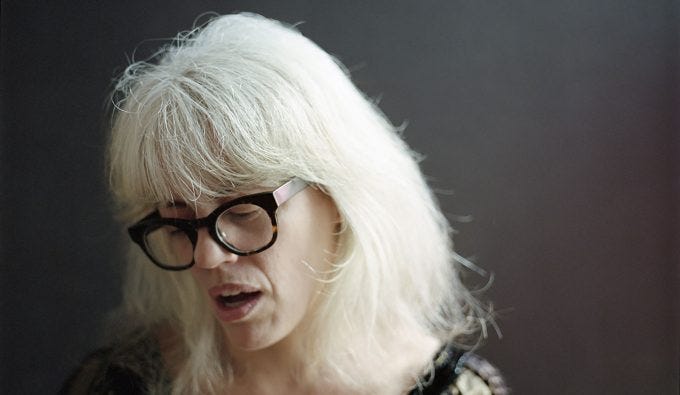
Artist Yanira Castro answers questions about the upcoming participatory experience
What exactly is “a canary torsi”? In 2009, the artist and choreographer Yanira Castro formed the interdisciplinary collaborative who takes its name from an anagram of Castro’s name. The Bessie-award-winning collective is focused on the relationship between audience and event by challenging preconceived notions about what a performance can be. a canary torsi’s work is focused upon a communal creation with an audience.
We caught up with Castro as the group prepares to show a workshop version of Last Audience at New York Live Arts in January.
No Proscenium: Could you tell us a little about yourself and your background in the immersive arts?
Yanira Castro (YC): I am a Puerto Rican interdisciplinary artist. I came to performance work loving the proximity of bodies and their interaction. It is a social space that is like water for me. I don’t consider myself having a background in any particular arts. I don’t categorize my work as immersive, hybrid, participatory, experimental, etc. These distinctions tend to blur and be unhelpful when building an experience. I might include them in a description to give a certain sense of what you may be walking into, but I am not working inside a single “tradition” or “form.”
That said, my interest is in how we, as fellow human beings, are in a situation together. What I propose are scenarios that people (performers, designers, audience members) are embedded within and how we might affect one another. This has everything to do with the particular attendance of that unique group of people.
I approach performance as a radical practice for democracy. It is not a spectator sport. It is a communal act and it requires us.
NP: What, in a nutshell, is this project about?
YC: I have been thinking a lot about Joseph Beuys’ quote, “One must straightforwardly realize what has not yet appeared in history namely, democracy.” And I have been thinking about what our present moment in history requires of us, which is really no different from what our “times” have always required, but we feel it more urgently now. We feel the fragility of democracy.
So, I turned to a death mass, the requiem, for its hard look at judgment, for its unflinching look at our foibles but also for its potential for mercy and transformation. I am interested in… questions of redemption, asking to be allowed to pass on. I am not a Christian, although I was raised Catholic, but I believe ardently in the power of ritual when it is lived to move us. This is what Last Audience could offer.
NP: What do you mean by “Last Audience”?
YC: That unique group of people gathered that will never again be together. This is their only and final experience as a group. The flash community. They are it. The piece is unique to them. There are no others. The work ceases to exist when they as an audience cease to be.
NP: How did “Last Audience” come about? What inspired you to make this experience?
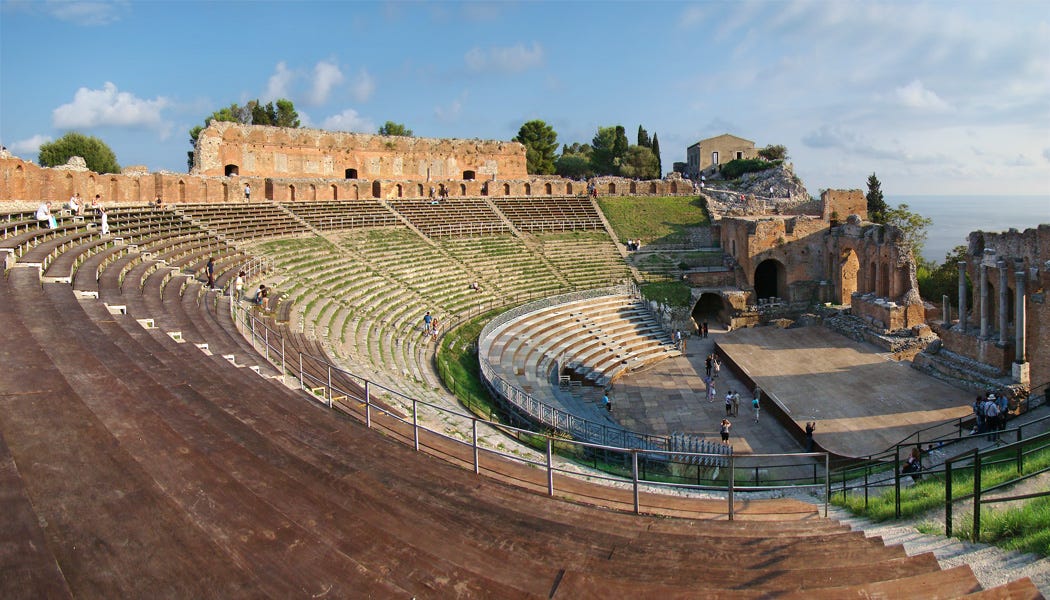
YC: The news. The constant question of what it means to be a citizen. Living through this time and place and connecting it as far back as I can go. I went to Taormina in Sicily last March and sat for two hours in the Ancient Greek Theatre at the top of a mountain and wept. The amphitheater is a symbol of a limited democracy and the start of western theater. Democracy needs the live act. Performance and democracy are messy and complex, and it requires our attention… there might be freedom, but it is hard fought.
NP: How is the audience incorporated into the work? How are you designing around audience agency, consent, and safety?
Get Kathryn Yu’s stories in your inbox
Join Medium for free to get updates from this writer.
SubscribeSubscribe
YC: The audience is the work.
The audience always has its agency. It can never be taken away from them. Their consent is always theirs. It can also not be taken from them. We offer an experience, and it needs to be taken. How it is taken is as limitless as the individual. Your choices make your experience. There is no wrong choice, but I hope people will choose to be brave.
NP: As this work is being developed what influences did the team find itself coming back to?
YC: We are at the start of this project so just beginning to understand what might influence the work. We have been listening to requiems, looking at the biblical sources for much of that text. And understanding the structures… the move from requests of mercy to judgment to benediction. I have been delving into Greek Tragedies for language material.
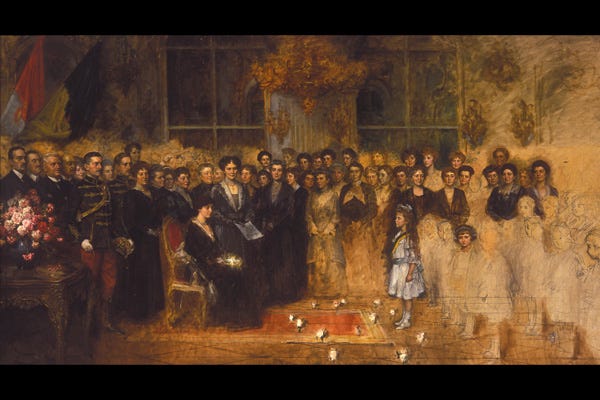
I have also been looking at Artur von Ferraris’ 1918 painting The Last Audience of the Hapsburgs. It is an unfinished canvas of the Empress Zita receiving an audience of war orphans on her throne.
Hours after this audience, the monarchs had to flee and the monarchy was never restored. The painting which was smuggled into the US in a carpet roll by a political refugee captures the last public act of a monarchy, perfunctory and ordinary.
Something about this last capture and how time can be so decisive resonates for me in relation to Last Audience: perfunctory and final.
NP: Who is the ideal audience member for this show?
YC: There is no such thing. I learned a long time ago that you cannot tell who has been moved by anything external. The one who did nothing, could have taken it all in. The one who did everything has been radically transformed. The only thing I ask is for you to be open to yourself.
NP: What do you hope participants take away from “Last Audience”?
YC: Themselves. The act of being together. The experiences I cherish the most are the ones when I recognize that the moment is now. That is as much about where I am and how I came to something than the work itself. You need to be primed and the artists can help to get you there but you also have to be there of your own accord. That meeting…. that line, tension, place… where you come to yourself and others… that is the whole of it. You can call it civilization, culture, society…. But that conversation between yourself and others… that is the conversation I want from any performance.
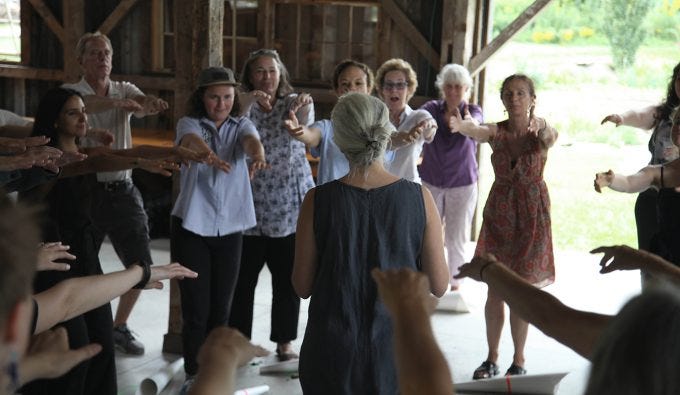
a canary torsi’s Last Audience will be shown at New York Live Arts in January. Tickets are $8–10.
No Proscenium is a labor of love made possible by our generous Patreon backers: join them today!
Brought to you in part by The Johnny Carson Center for Emerging Media Arts, who are seeking faculty candidates.
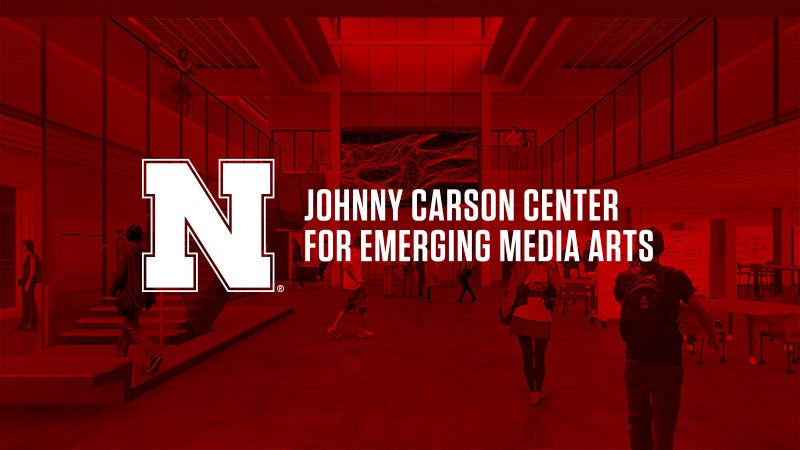
In addition to the No Proscenium web site, our podcast, and our newsletters, you can find NoPro on Twitter, Facebook, YouTube, Instagram, in our Facebook community Everything Immersive, and on our Slack forum.





















Discussion